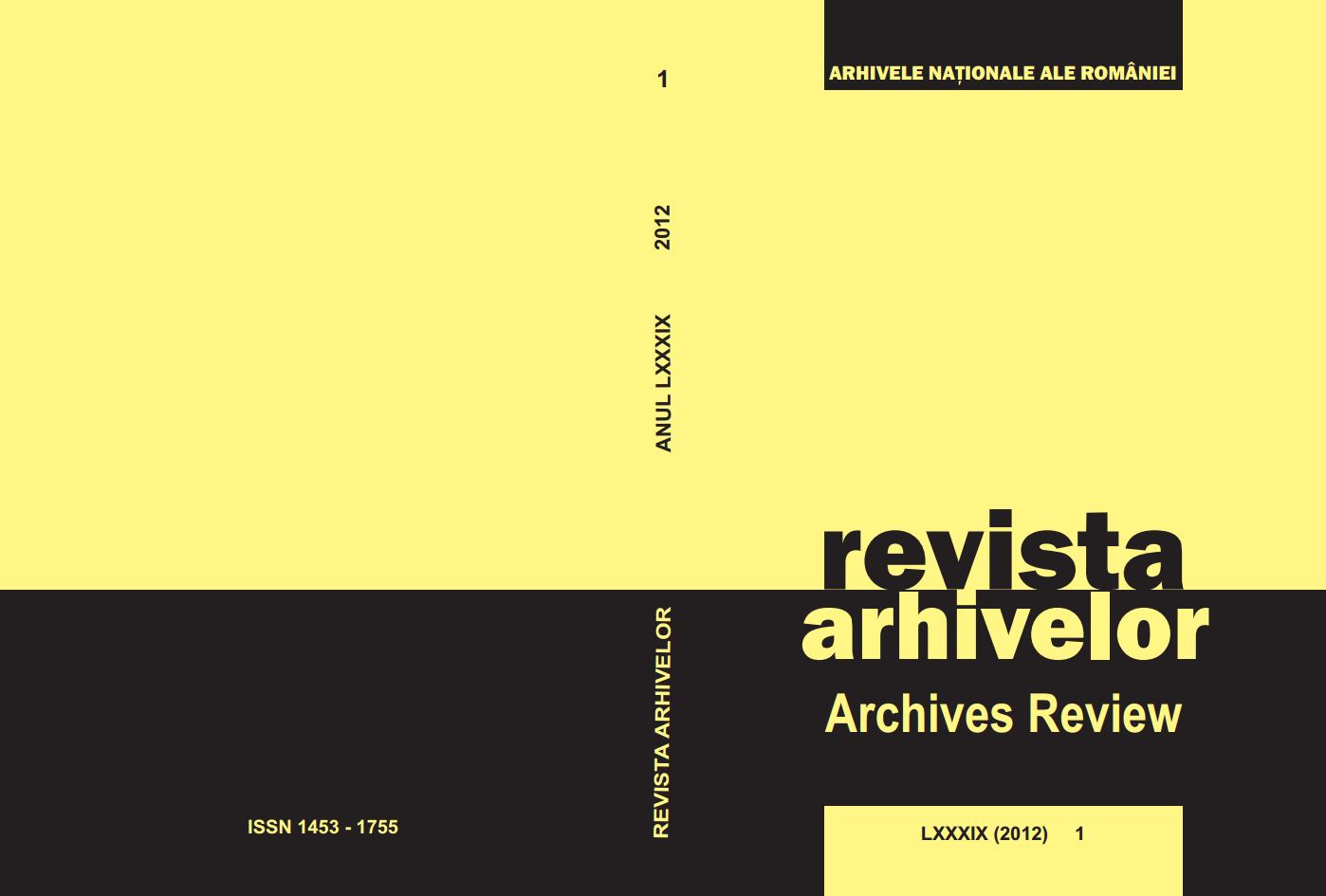Ideologie, represiune și pedeapsa cu moartea în deceniul dinaintea adoptării Codului penal din 1969
Ideology, Repression, and the Death Penalty in the Decade before the Adoption of the Penal Code in 1969
Author(s): Radu StancuSubject(s): History, Political history, Post-War period (1950 - 1989), History of Communism
Published by: Arhivele Nationale ale Romaniei
Keywords: Death Penalty; Capital Punishment; Communism; Romania
Summary/Abstract: In terms of the death penalty, the first half of the communist period was very dynamic in Romania. Its start was dominated by the issue of dealing with war criminals, which often took a retributive form, a disguised way of punishing the fascists, former political rivals of the communists. In 1949, the legal provisions concerning capital punishment were extended to several economic and political crimes, intended to frighten a large part of the population. The zenith of this policy were the years 1958-1959, when the highest rates of executions of the whole period of 1944-1990 were registered. The leadership change usually determined a policy change regarding the death penalty, accompanied by a revision of the Penal Code. Gheorghe Gheorghiu-Dej, the Stalinist ruler of Romania died in 1965, when Nicolae Ceaușescu became the new Secretary General of the Romanian Communist Party. This revision of the legal frame also took place in Romania, where a new Penal Code was adopted in 1969, increasing the accuracy of the legal provisions and opening, in Foucauldian terms, a more refined era in the history of capital punishment.
Journal: Revista Arhivelor
- Issue Year: LXXXIX/2012
- Issue No: 1
- Page Range: 181-203
- Page Count: 23
- Language: Romanian

